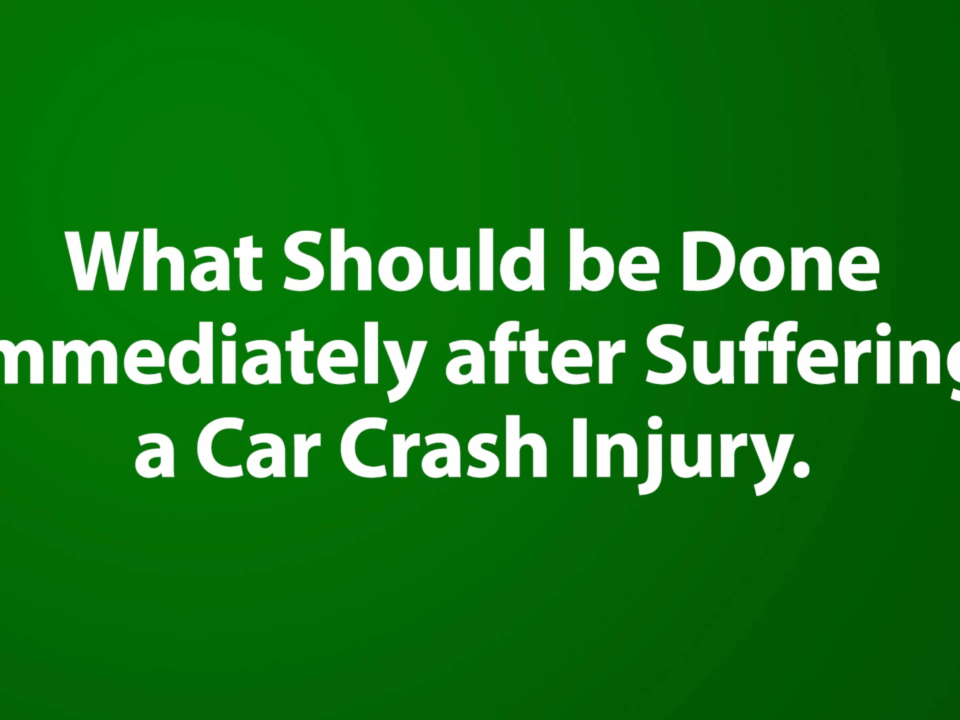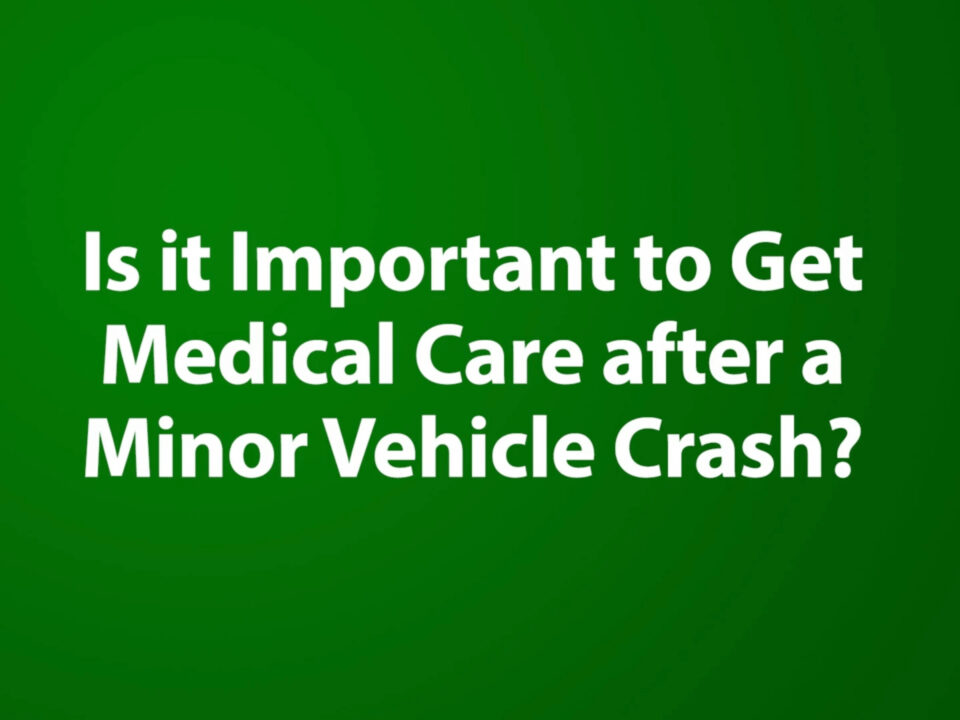What have 78% of teenagers and young adults admitted to doing that has caused 421,000 people to become injured and 3,328 to die in just one year? They have been distracted while driving. With injuries increasing from year to year, the epidemic of distracted driving is a huge issue nationwide.
What is distracted driving?
According to Distraction.gov, the US Government’s official website for distracted driving, it involves any task that takes the driver’s attention away from the road. These tasks endanger everyone involved, including the driver, passengers, and bystanders. Distractions that divert attention include, but are not limited to:
- Texting
- Talking on the phone
- Eating and drinking
- Grooming
- Using a navigation system
- Adjusting a radio
While all pose threats, sending or reading text messages or using a mobile phone while driving is the most distracting because it requires visual, manual, and cognitive attention.
What are the dangers of distracted driving?
According to the site, taking your eyes off the road to do something else such as reaching for your phone or texting, along with using a phone while driving – triples your risk of getting in an accident. Cell phones are to blame for one in four crashes.
Along with simply causing more crashes, using a cell phone while driving causes the area of the brain that processes moving pictures to decrease its activity up to 33 percent, according to an infographic by the National Safety Council. The infographic also mentions how the field of view narrows for drivers by up to 50 percent when talking on the phone.
What are the effects of distracted driving?
A number of states have bans on using cell phones while driving, or have made some features illegal to use while operating a vehicle. In North Dakota and Minnesota, there are bans for all drivers on text messaging while driving. You can be pulled over for texting and driving with no other cause for the traffic stop in both states.
Charges for texting while driving vary from a small $20 ticket in California to a crippling $10,000 fine and a year in prison in Alaska. For North Dakota and Minnesota, the fines are $100 and $135 respectively.
What can I do about distracted driving?
In order to help keep yourself, your family, friends, and other people on the roads safe, here are a few things you can do about distracted driving:
- Educate– Get informed about distracted driving. Learn about the impact it has on people and what qualifies as distracted driving.
- Recognize– Realize your own habits while driving and determine if they are considered distractions.
- Change– If you find your habits are distracting, change them. Put your phone away for the drive, leave the radio alone, and focus on driving when you are in control of the vehicle.
- Inform– Let others know about distracted driving habits. Expose the dangers of them and let them know how they can change to help keep the roads safe.
Unfortunately these distracted driving incidents do cause serious accidents. If you have found yourself in an accident caused by distracted driving, or if you know someone who has been seriously injured due to a distracted driving incident, the personal injury attorneys at O’Keeffe O’Brien Lyson Foss can help. You shouldn’t have to worry about medical bills, auto repair payments and other emotional or physical damages due to someone else’s carelessness.




